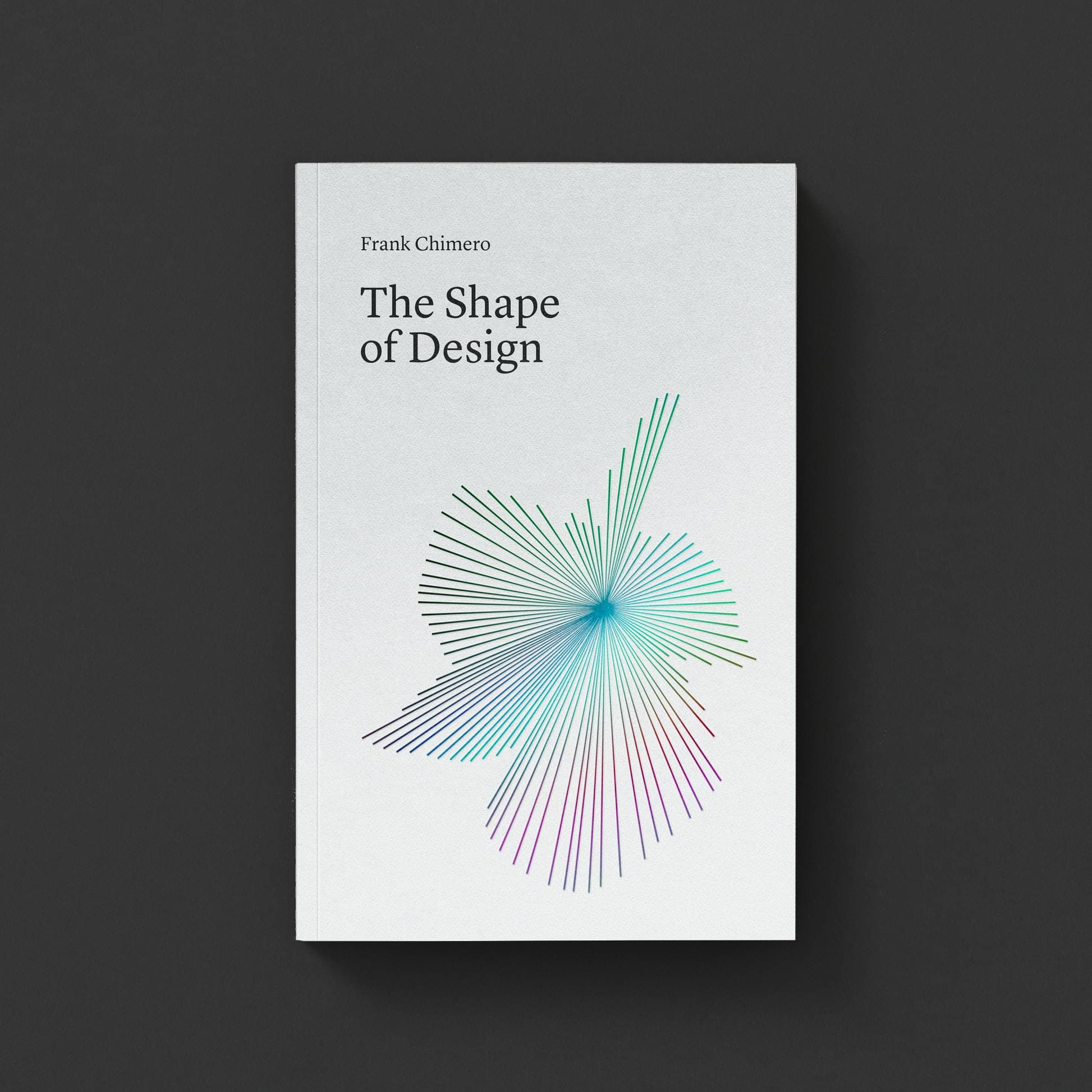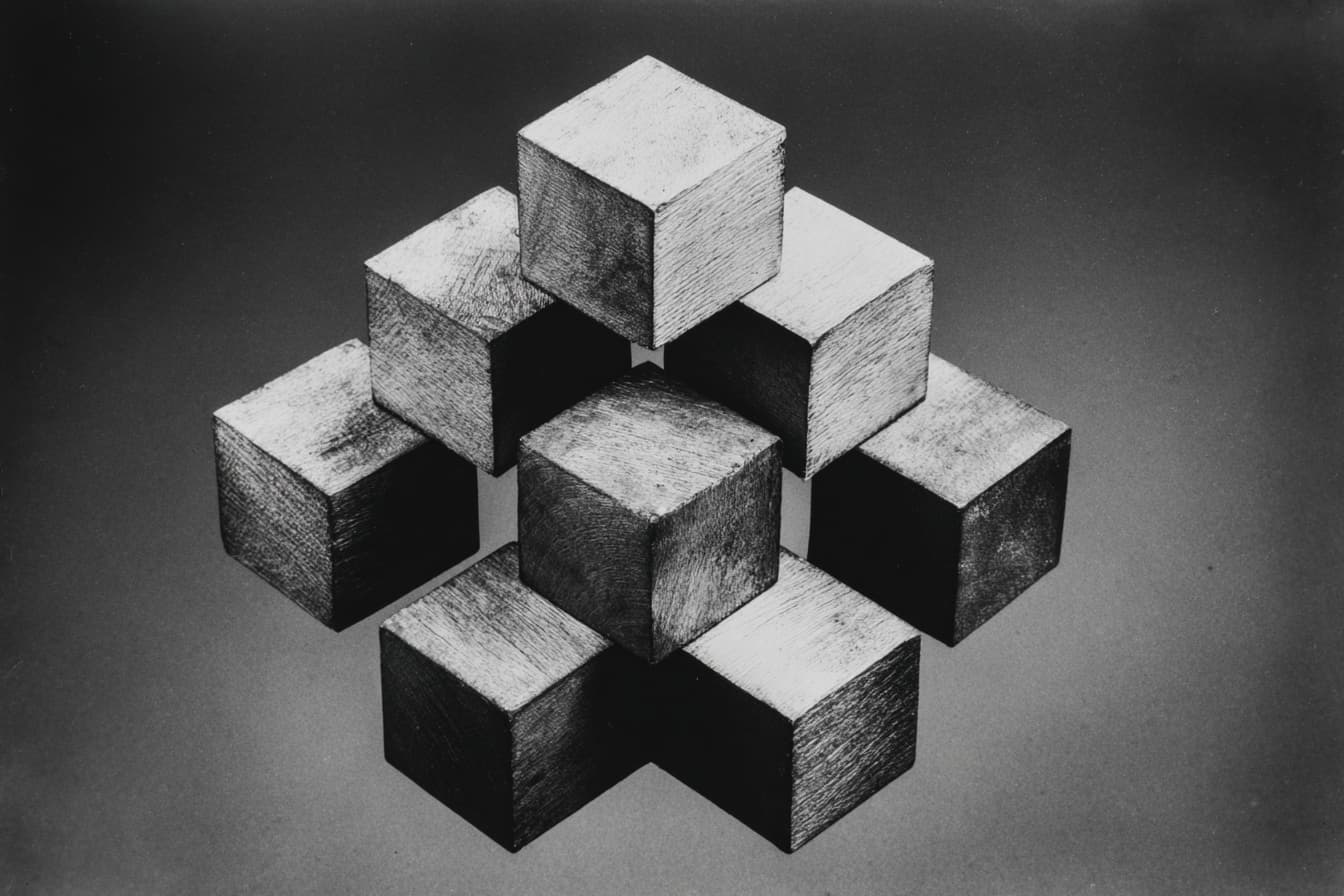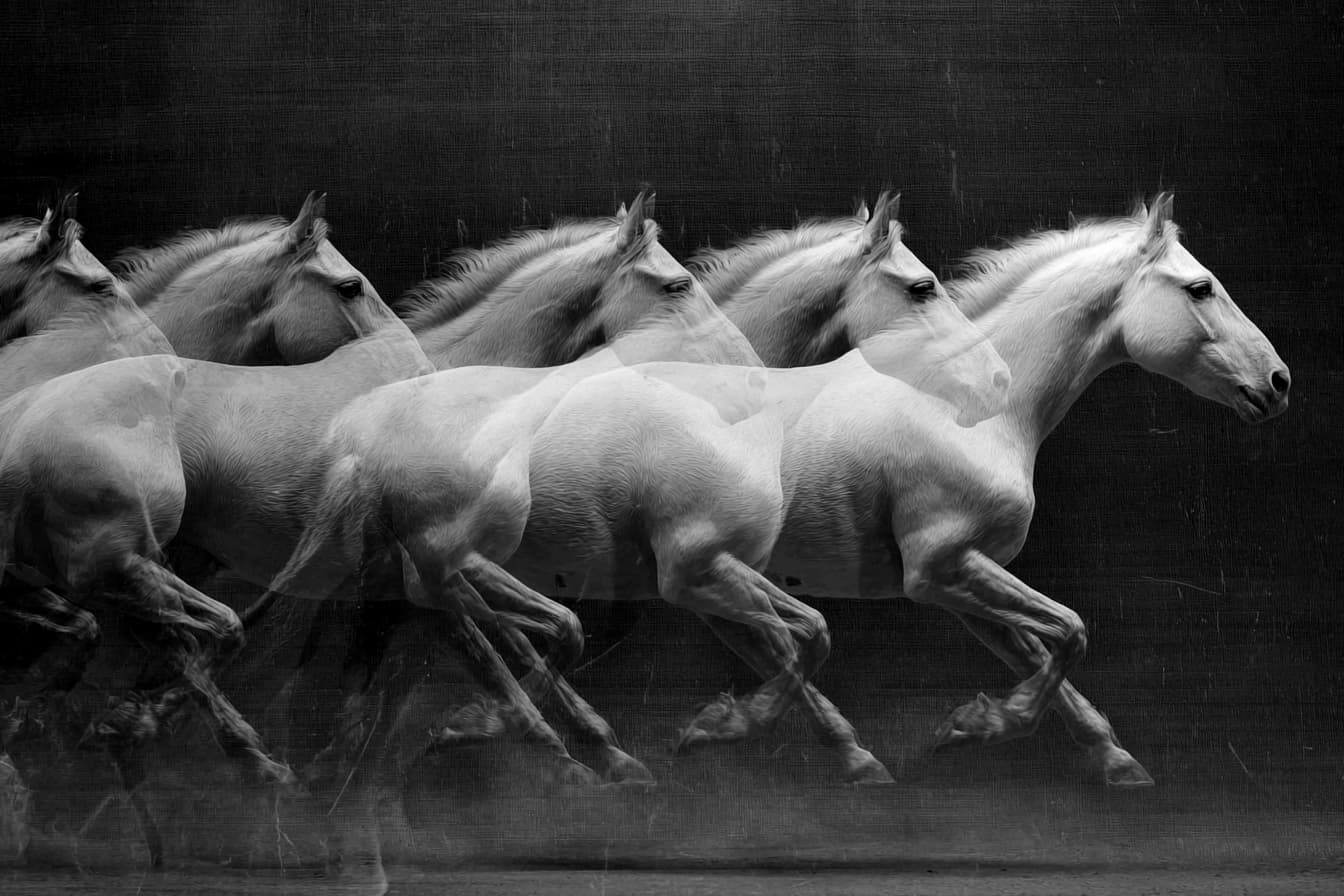Only Openings
On May 14, 2014 I spoke at the School of Visual Art’s Thesis Festival presented by the Masters in Interaction Design program. The day’s theme was “open,” and I tried my best to finish the day without closing anything. Thanks to Liz Danzico for inviting me to speak, and congratulations to the students for finishing their degree.
Sometimes a rose can grow out of bullshit.
Donald Rumsfeld, as terrible as he is, said one good thing in his life. Of course, he used this one good thing to obfuscate the fact that there were no weapons of mass destruction in Iraq, but we’ll offer him a momentary pass for providing a concise framework of knowledge.
He said there are things you know and things you don’t. Sometimes you are aware of your ignorance and knowledge, other times you are not. This means that there are known knowns (the knowledge you know you have), known unknowns (your awareness of your blind spots), unknown unknowns (you are oblivious to that knowledge), and unknown knowns (the subconscious—that native knowledge you take for granted).
This is a useful map for me today, because I want to talk about designing with an open mind—having a greater imagination about what we do from day to day. We make a lot of assumptions about the design profession, and only over the past few months I’ve begun to realize how uncomfortable these assumptions make me. So, I’ve been dragging the deep, dark lake of my unknown knowns to see what gets dredged up from the bottom. I’m searching for methods to explain a different way of seeing. I’d like to share some of my findings with you today. Maybe you’ll agree with a few of my ideas. If so, you can put them in your pocket to take with you as you set out into the world.
I’m not the first guy to be made uncomfortable by the thoughts stuck in his head. It’s a problem as old as time: person has thinky thought, then person is scared or at least unsettled by the thought of that thinky thought. Case in point: the ancient Greek philosopher Meno. Meno had a question he couldn’t get out of his head:
“How will you go about finding that thing the nature of which is totally unknown to you?”
In other words, how can we truly know what we need if we don’t have it? Especially if what we need is foreign and we’ve never had it? So much of what we desire is augmenting ourselves with new material. Love, wisdom, grace, inspiration—these are all extensions of the self in relation to an other. What we need most is to grow out from our core, but this is also the most difficult process to explain how to begin. Meno has lobbed a monster of an open-ended question: how can you find what you don’t know?
I’m going to leave Meno’s question hanging and move from an open-ended question to an open space: Yellowstone National Park. I want to talk about the park’s bears.
It’s estimated that there are about 1200 bears across the park. These bears, like the rest of the wildlife in Yellowstone, are forced to co-habitate with the park’s visitors. But unlike other animals at the park, the bears have been—well, troublesome.
Bears like what people like: mainly good, readily available food. But, unlike people, bears have a great nose to find that food and no particular aversion to theft. If you leave a picnic basket full of delicious sandwiches in your parked car, it is very likely you’ll return to your car to see it being violently rocked back and forth by a 500-pound black bear making a play for your ham sandwich. Clearly, this is a problem. Not only did you lose your lunch, but your ride home too.
Since design is frequently framed as problem-solving, and this is an interaction design program—and there is clearly some kind of interaction happening between a man, a bear, a car, and a sandwich—I want to ask everyone: how would you respond to the bear problem?
There are two options, as best as I can tell. Both are nice motifs about how we approach problems as designers (or, you know, simply as people).
The first path is the method chosen by the early rangers at Yellowstone in the 19th century. They had to contend with a similar problem as our bears when wolves were eating the neighboring ranchers’ livestock. (Again, a conflict over who gets to eat what. Animals are not particularly good at observing human rules.) The rangers opted to eliminate what caused the problem and hunted the wolves to the point of near extinction. Problem solved, I guess, but not in the most elegant fashion.
The second way is a more gentle and time-consuming approach. In the ’70s, the park introduced what they called a “bear management” program. As much as I want this to be about bears in white-collared jobs holding coffee mugs, it is not. The funny thing about the bear management program is that it’s really a people management program. The best way to prevent bear and human brush-ups is to have people behave responsibly: place edibles in bear-proof receptacles, slow down and watch out for bears on the road, and so on. It’s easier to direct and instruct a person than a bear.
The bear management program was a success. Bear populations went up across the park because fewer were being hit by cars, and the bears eventually reverted to their natural food sources when the sandwich supply dried up. This is our happy ending to the problem: man makes better choices, bear isn’t lured to sandwich-rich parking lots, bear learns he doesn’t need sandwiches to eat, until bear gives up the sandwich hunt. Then the whole process starts again the next day, bear management challenges restored anew, though slightly diminished.
I’m sharing this weird parable about Yellowstone, because it describes both sides of how to approach problems. Some designers want to shoot the wolves, others want to manage the bears. One is trying to make an antidote, the other invests in a process to keep things open and adaptable.
We often mischaracterize design as a practice of problem-solving, as if the problems go away. But closure, at least in my experience, is so rare in design. The loops stay open, because most problems are chronic. They shift forms. The problems designers face can be diminished, but they hardly ever go away entirely. Trying to solve them feels like trying to win at whack-a-mole: you knock one mole down and two more pop up. I wonder how Henry Ford would feel about our cities…
So, the next time you’re sitting down to work on a design project, ask yourself: what am I being asked to do? Do I need to shoot wolves or manage bears?
The wolf approach is about disrupting the order of things and eliminating the presumed source of the problem. This is the kind of thinking that I fear is taking over places like Silicon Valley and becoming the dominant story about how to design businesses, services, and interfaces. There is an off-putting bravado and violence to this approach—almost a will to destroy something old to make way for the new. Behind it all is a refusal to acknowledge the source of the problem as a important character in the ecosystem. (If it weren’t so important, it wouldn’t hold enough influence to create the problem.) So, yes—if you shoot the wolves, the wolves no longer eat the livestock. But you also no longer have wolves. What will come of that?
The bear approach, on the other hand, is about the thankless yeoman’s work of maintenance. Rather than shooting the source of the problem, you become its shepherd. This honors a fews things that are frequently overlooked. First, that the situation is complicated. Second, that things can change. Third, that the designer may not know best—and even if they did, they still do not know everything at the beginning of the process. And fourth, that the bears—or whatever parties are complicit in the problem—have a will of their own. You’re in dialogue with the problem and giving the situation a chance to describe itself.
Of course, bear management takes patience and time. I don’t make too many requests in this little talk of mine, but here’s the first one: set your feet and plant roots. So much needs to be improved, changed, and fixed, but the important work isn’t for those who wish to flit from place to place. Staying put and chipping away means so much in a field that’s now allergic to steadiness. We need people who live and work well in their places. Folks who commit, and realize they need to build the home they want rather than hoping to find it. Design’s lack of closure can be frustrating at times, but a simple act of commitment can be the gift you give yourself to make it more bearable.
In your design career, you will get very, very few epiphanies. Perhaps you’ve started to understand this the past few weeks. But, there is a different satisfaction to the work which does not get much fanfare: the slow burn of being able to see things more clearly. This sounds easy, but like many seemingly easy things, it is difficult, deep, and profound. What kinds of things? So much: the problem, your work, the talents of your co-workers, your role from job to job, your audience, their needs, their requirements, their unspoken desires.
Design isn’t a high numbers game. It’s like baseball: home runs are rare and hitting three out of ten is really good. You’ll be unsuccessful often, so you’re going to have to find the joy in the pursuit of clarity. If you take the pursuit for granted, you will struggle with all kinds of existential problems. I wish someone told me that when I was starting out. It would have saved me a lot of heartache.
The other major professional challenge you’ll face is how to reconcile ignorance. As a student, it is presumed you will not know things, but as an expert, it is presumed you have expertise. How do you navigate situations where you do not know, especially if you have just completed years of schooling, intended to load your brain with knowledge, facts, habits, and working methods? I suppose the answer is simple to understand and hard to execute: you must say you don’t know without believing that ignorance shines back on you.
I have a little trick to help me along. Perhaps this isn’t the best thing to say to a bunch of people who have gone into debt to gain knowledge, but here we go: I think you should sell your ignorance and your ability to figure things out. It’s just a good business plan. Listen: a skull is only so big, and there are upper limits to the amount one person can know. But the number of things a person doesn’t know? Oh my.
I mean, look at me! I’m up here giving this talk, and I am ignorant about nearly everything in the world. As a business, I’ve got much more product if I’m selling my ignorance than if I’m selling my expertise. I learned this trick from Donald Rumsfeld’s bullshit. Maybe it can help you feel better about navigating expertise and ignorance. My hope is that owning the not knowing will soothe the impostor syndrome that frequently bubbles up when you’re on the cusp of the new and attempting to navigate the confusing borderlands of multiple disciplines.
The world is now mostly ligament and tendon. It’s connections all around. As a designer—and particularly as an interaction designer—it is your job to make these connective borderlands your domain. This is your home, and it is complicated. Now we come to my next request: please honor that complexity in your work.
Design’s golden calf is simplicity. Speaking as someone who sees, makes, and uses design each and every day, I am tired of simple things. Simple things are weak. They are limited. They are boring. What I truly want is clarity. Give me clear and evident things over simple things. Make me things that presume and honor my intelligence. Shun seamlessness. It is another false token. Make me things that are full of seams, because if you give me a seam and I pull the thread, I get to see how the whole world is stitched together. Give me some credit. Show me you trust me.
Things don’t have to be simple. They don’t have to scale. They don’t even have to be profitable. You can buck all of those assumptions that became gospel. And you can do it for no other reason than to start making something with fresh materials and new assumptions. Design, after all, is a way of creating. Seeking closure from problem-solving is only half of the picture. There is also looking for the openings by seeking opportunities.
There are many possibilities. Isn’t it more exciting to think so?
I want to go back to Meno’s question:
“How will you go about finding that thing the nature of which is totally unknown to you?”
Socrates wrestled with Meno’s question as well, but being Socrates, he had an answer:
“I know, Meno, what you mean; but just see what a tiresome dispute you are introducing. You argue a man cannot enquire either about that which he knows, or about that which he does not know; for if he knows, he has no need to enquire; and if not, he cannot; for he does not know the very subject about which he is to enquire.”
Socrates prevails in his sparing match with Meno, as Socrates always does in Plato’s recollections. But if you read his response again, I think Meno and Socrates are saying the same thing.
They’re saying you don’t know what you can’t know. The problem can’t be solved, so there is no closure for you here. This might be agitating to a Greek philosopher, but for me, it is a fine condition. Sometimes the question is more important than the answer. We are caught in an open loop, so the door to the unknown stays open to opportunity, open to possibility. I don’t know about you, but I think that’s a hell of a design decision.







